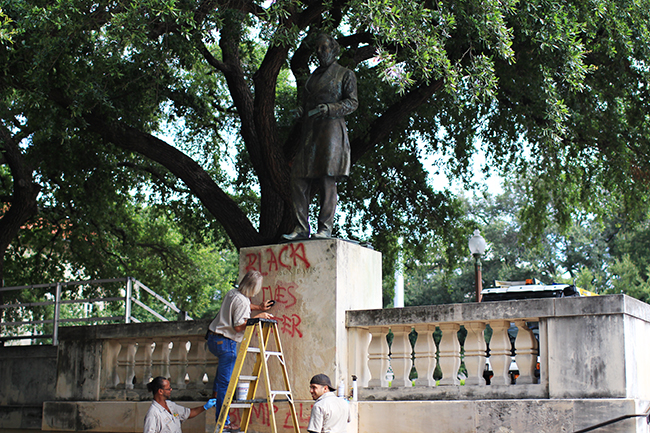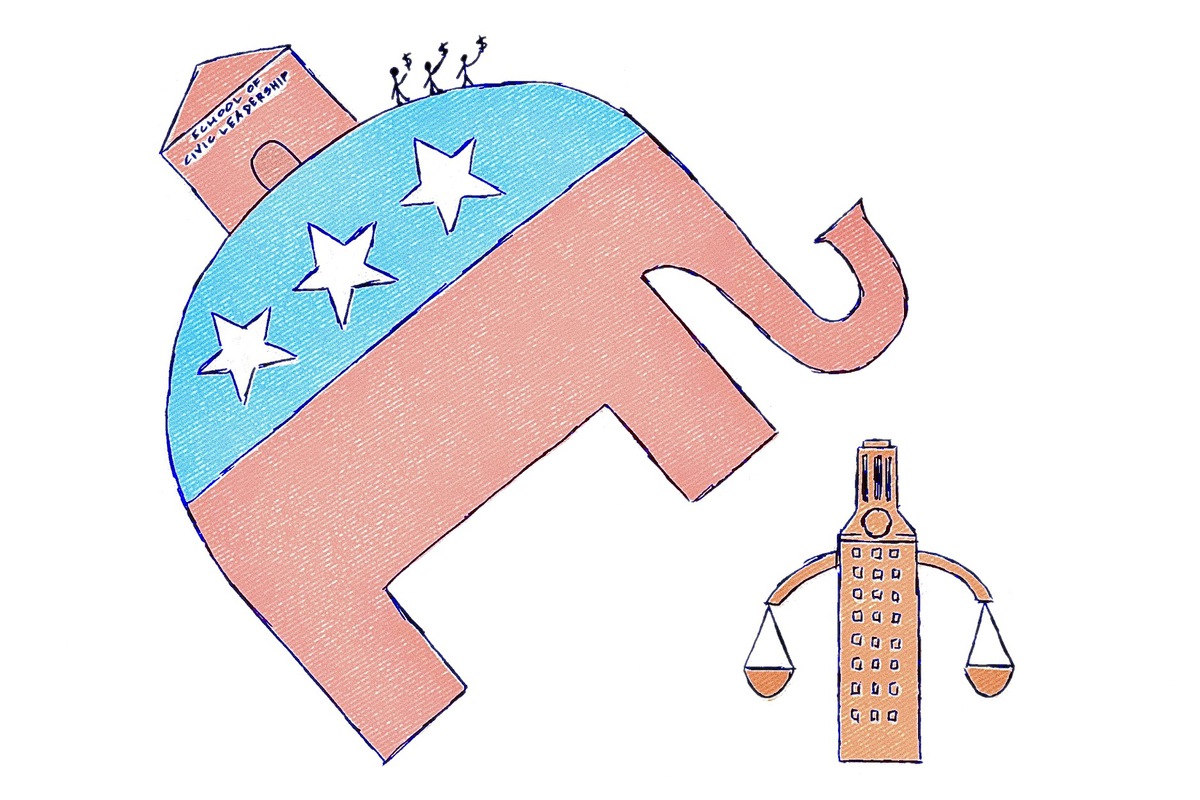The statues of Robert E. Lee and Jefferson Davis have generated a lot of controversy as of late. While it is entirely understandable why one could be offended by these monuments, we must think very carefully about removing them. Let us slow down and consider what we are doing before we react based on rash emotional impulses.
Both Lee and Davis were graduates of the United States Military Academy at West Point. Lee graduated Salutatorian, and was only 1 of 5 in his class of 45 to graduate with no demerits. Both served in the Mexican-American War, with Davis leading the famous 155th Mississippi Volunteer Infantry Regiment, the first regiment to be armed with rifled muskets. After the war, Lee was appointed superintendent of West Point. Davis became a senator. Immediately prior to the war, Jefferson Davis was appointed Secretary of War by Franklin Pierce, and moved back to the Senate after Pierce was defeated by James Buchanan in 1857. Lee, on the other hand, was defending Texans from the Apache and Comanche during this time as second-in-command of the Second Cavalry Regiment under Colonel Albert Sydney Johnston, a great Texan who also has a statue in the South Mall.
Once the inevitability of the war started to creep up, both men spoke of their disgust of secession. Davis did it publicly on July 4, 1858. He believed that a separation from the Union would be a catastrophe, and in trying to convince his fellow Southerners, urged them that the Union would not let them secede without bloodshed. Lee did it privately, most notably to his son in a letter saying: “I can anticipate no greater calamity for the country than a dissolution of the Union.” Once Mississippi adopted an ordinance of secession on January 9, 1861, Davis delivered a farewell speech to the Senate, saying it was “the saddest day of [his] life.” He then departed for Mississippi, to defend his homeland. Lee was asked by Winfield Scott, commander of Union forces, to be a leading officer for the North. He declined. He again was asked by presidential advisor Francis P. Blair to command the defense of Washington, refusing yet again in a letter saying: “…but how can I draw my sword upon Virginia, my native state?” Once it was obvious that Virginia was going to secede, Lee chose to fight for the Confederacy to defend his homeland.
These statues do not merely represent the institution of slavery, something we can all agree was an abhorrent and evil practice. They represent men who had a heavy impact on Texas, as well as the United States. Let us not, as Sir Richard Ottaway states in his argument against England owing India reparations, “…endlessly evaluate historical events through the prism of today’s values…”
The great irony of the current national focus on monuments, statues, and symbols is that it is distracting us from the many systemic and de facto injustices still in place today. By focusing all of our time and energy into “fixing” our history, we are not actually solving any real problems that still plague our society. This is just bread and circuses.
These men did not misstep in associating with the Confederacy; they acted rationally based on the context of their day. These men fought for their homelands, something I hope each and every one reading would be willing to do. The late Paul Fussell, a famous war memoirist, once wrote: “Understanding the past requires pretending that you don’t know the present. It requires feeling its own pressure on your pulses without any ex post facto illumination.”
Judging these men based on “mistakes” made within modern context is not only foolish, it is leading us down a slippery slope. Why not tear down the George Washington statue? He owned slaves. If every monument were to be “evaluated” under modern pretenses, eventually there would be no more monuments. The line cannot be easily drawn. Leaving these decisions to a handful of people in power would be a sad mistake, and it would be detrimental to our efforts to remember and illuminate our brief yet rich history. We must appreciate the statues for what they are: depictions of men who gave so much for our state and nation, as well as works of art. Taking them down would be a severe misstep.
We cannot let these statues rot in the basement of a museum after a curator decides to take them off display. Let us think rationally before we act.
David Bruton is a finance junior from Amarillo, Texas.





















